Choral Choir (SATB) - Level 3 - Digital Download
SKU: A0.958493
Composed by Joseph Dillon Ford. 20th Century,Christian,Contemporary. Octavo. 19 pages. David Warin Solomons2 #3858743. Published by David Warin Solomons2 (A0.958493).
The pdf file contains conductor's score, choral score and separate string parts
The sound sample is an electronic preview.
The Requiem in tempore belli (Requiem in Time of War) was composed in an intense burst of creative energy from 16 through 20 April 2006.
Completed as part of the Second Delian Suite, and intended to honor the memory of the innocent victims of the Iraq War, it takes its text from the Latin Requiem Mass:
Requiem aeternam dona eis, Domine. [Grant them eternal rest, O Lord.]
et lux perpetua luceat eis. [and let light perpetual shine upon them.]
Te decet hymnus Deus in Sion, et tibi reddetur votum in Jerusalem: [A hymn, O God, becometh Thee in Sion, and a vow shall be paid to Thee in Jerusalem:]
exaudi orationem meam, ad te omnis caro veniet [give ear to my supplication, O Lord, unto Thee shall all flesh come at last.]
Requiem aeternam dona eis, Domine. [Grant them eternal rest, O Lord.]
Since this choral work was not conceived as liturgical music, Ford has set only the beginning of the Latin text, and attempted within eight short sections to distill the essence of the traditional Mass for the Dead. Sections 1, 3, and 5 are for SATB chorus alone, with orchestral interludes (sections 2, 4, and 6) following each. Only in the final two sections (7 and 8) are choir and orchestra combined.
In the first section, a contrapuntal presentation in C minor of the text "Requiem aeternam dona eis, Domine," the plaintively descending melodic line of the soprano evokes an atmosphere of intense sorrow. The orchestral interlude which follows is a grave processional reminiscent of the high Baroque that emphasizes the tenebrous lower registers of the strings while modulating to the equally dark key of F minor.
Suddenly, the shadows are pierced as the choir radiantly exclaims in simple syllabic style, "et lux perpetua luceat eis" in D-flat major. This powerful supplication is repeated in B-flat minor before the voices wax once more polyphonic and softly withdraw. The strings enter briefly at this point, ascending hopefully back to the key of D-flat major.
The fifth section reintroduces the sopranos, altos, and basses in canonic succession ("Te decet hymnus Deus in Sion, et tibi reddetur votum in Jerusalem"), and the tenors join the basses at the cadence in B-flat minor. The orchestral interlude which follows begins canonically, in B-flat minor, pauses meditatively, rises up, then sustains a moment of intense tranquility after modulating to C major.
The seventh section ("Exaudi orationem meam, ad te omnis caro veniet") is a classical choral fugato in which the singers twice present the subject followed by its tonal answers, firmly reestablishing the tonality of C (parallel major to the C-minor with which the Requiem opens). Here the score is marked "Allegro gioioso," and there is a dramatic shift to three-four time and a distinctively celebratory, dance-like character. The orchestra is introduced only gradually, first when the violins enter with a countermelody to the altos, followed by an extended section for tenors with violins and cellos, and finally a crescendo in which basses and strings reach a powerful contrapuntal climax, dissolving immediately afterwards into a quiet sustained chord on the dominant.
The final section, whose soprano melody begins as a variant of the fugato subject in slow common time, is a sublime polyphonic reiteration of the words, "Requiem aeternam dona eis, Domine." Instead of ending on the tonic, however, Ford "opens the door to another world" by ending unexpectedly on an E-major triad (the "borrowed" dominant of the relative A-minor tonalit.
This product was created by a member of ArrangeMe, Hal Leonard’s global self-publishing community of independent composers, arrangers, and songwriters. ArrangeMe allows for the publication of unique arrangements of both popular titles and original compositions from a wide variety of voices and backgrounds.
About Digital Downloads
Digital Downloads are downloadable sheet music files that can be viewed directly on your computer, tablet or mobile device. Once you download your digital sheet music, you can view and print it at home, school, or anywhere you want to make music, and you don’t have to be connected to the internet. Just purchase, download and play!
PLEASE NOTE: Your Digital Download will have a watermark at the bottom of each page that will include your name, purchase date and number of copies purchased. You are only authorized to print the number of copies that you have purchased. You may not digitally distribute or print more copies than purchased for use (i.e., you may not print or digitally distribute individual copies to friends or students).
 Instant Download
Instant Download
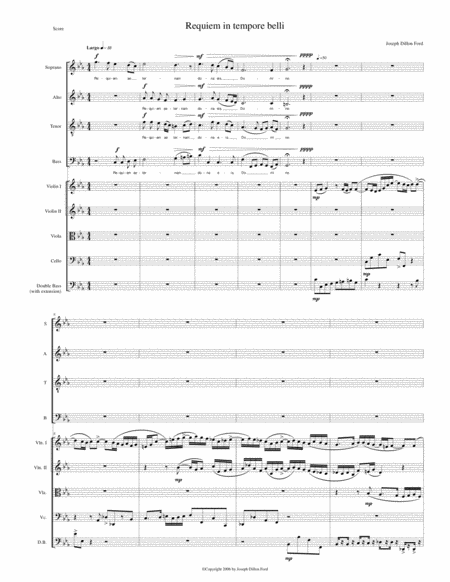
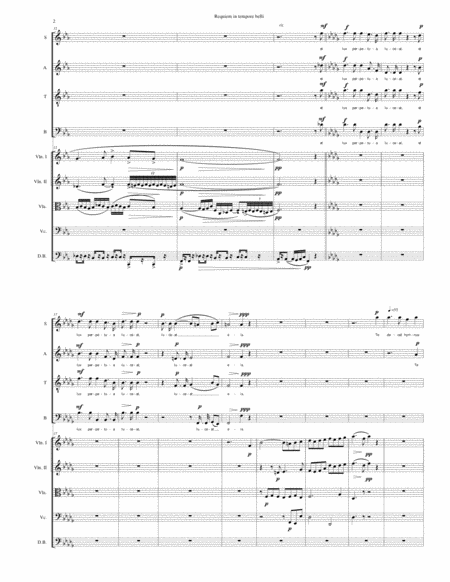
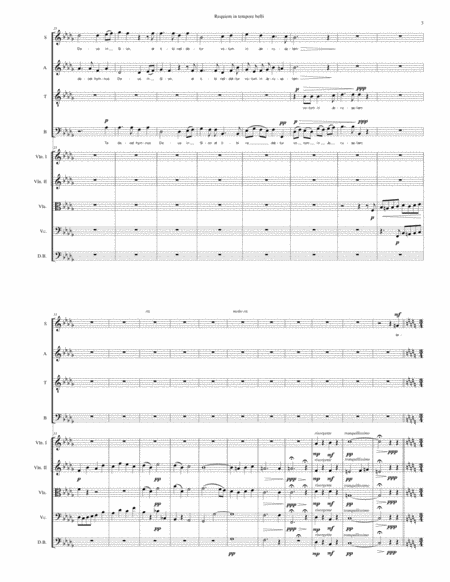
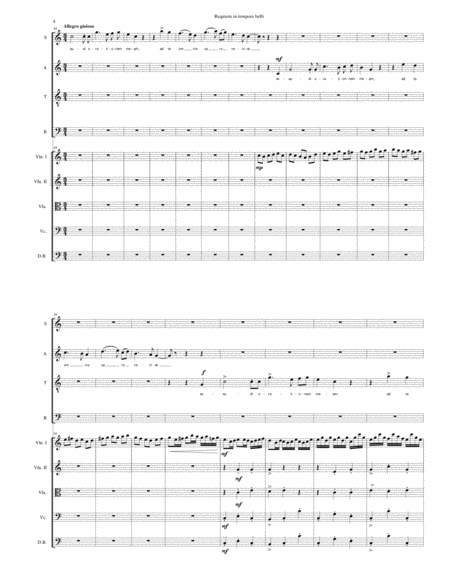
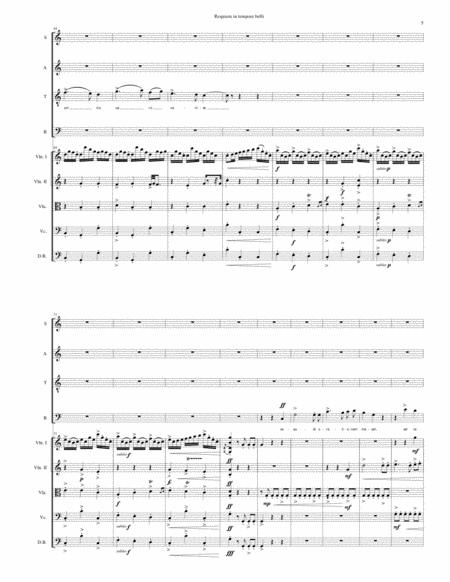
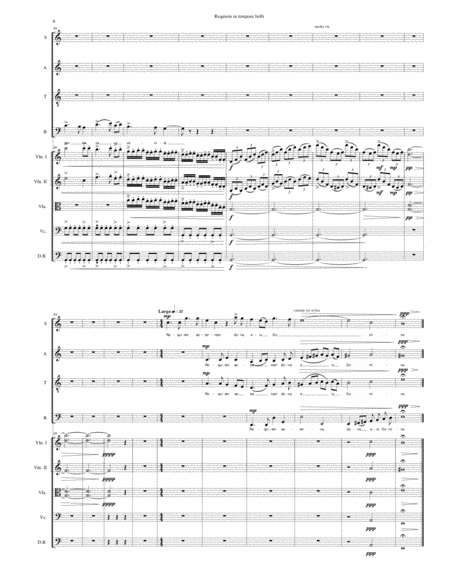
 Share
Share